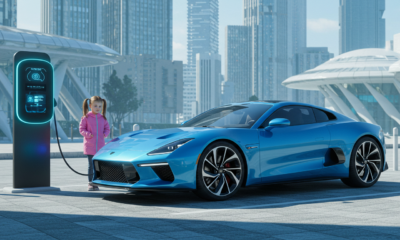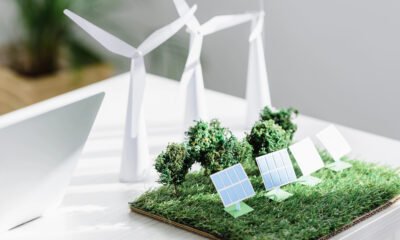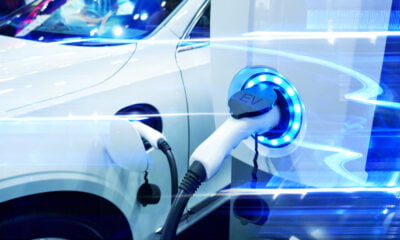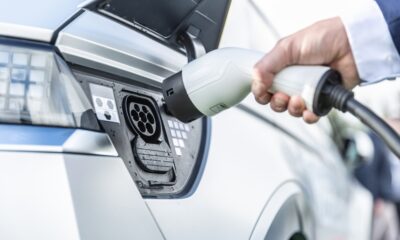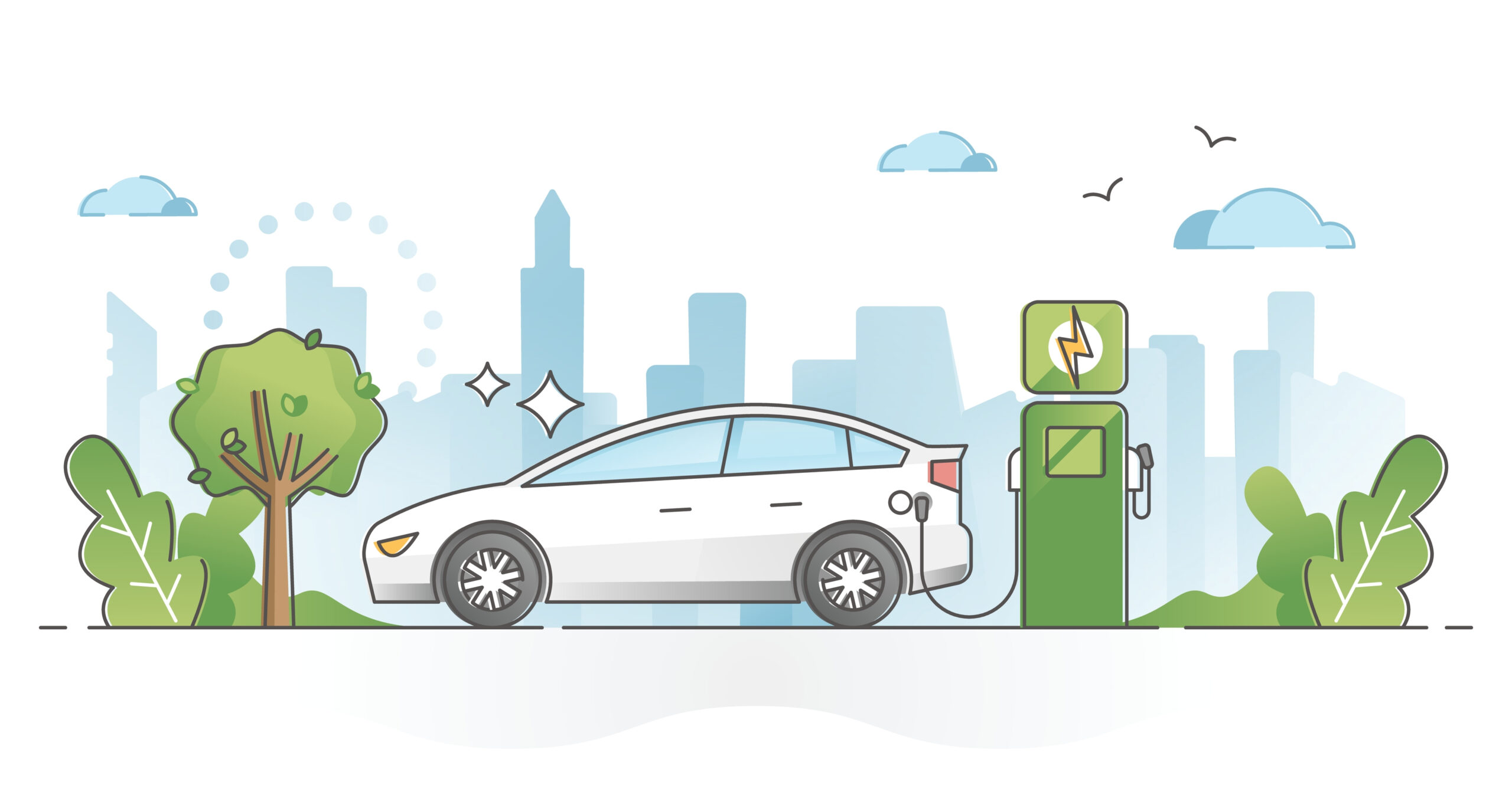
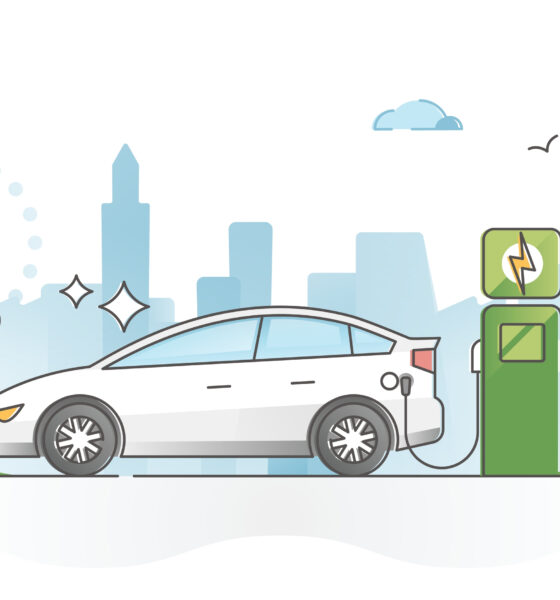
Energy
Switching to an Electric Car: The Main Changes to Get Used To
If you’ve been seeing more and more electric cars on the roads recently and are considering getting your own, then now’s a great time to consider buying or leasing. Electric cars are becoming more popular as they are kinder to the environment and cheaper to run compared to traditional petrol or diesel cars. With fuel prices on the rise and more clean air zones being introduced throughout the country, it’s no surprise that more and more people are considering getting an electric car.
Eventually, new cars are set to all be electric as the production of petrol and diesel vehicles is phased out, making driving a greener and cleaner experience. Switching to an electric car can have a number of different advantages including no expenses for fuel, fewer moving parts leading to less maintenance, and a smooth, fun driving experience. However, owning an electric car can be very different to owning and driving a car with a traditional combustion engine, so there’s a lot to get used to if you are owning and driving one for the first time.
Here are some things to keep in mind as you make the switch.
Choosing the Right Car for You
With more and more car manufacturers now offering a wider range of electric cars, the market is getting bigger and there is an electric vehicle out there for everybody. You can buy electric cars in much the same way as you can traditional petrol and diesel cars, or you can find out more about how to lease an electric car from resources like Electrix if you would rather pay monthly and be able to change your car for a newer model every few years.
Before choosing the right electric car for you, consider the main features that you need and narrow down your options from a list of cars that might be suitable options for you. The battery range is one of the main specs to look out for; this refers to the amount of distance that you can travel in the car on a full battery and is similar to the MPG of a petrol or diesel car.
Installing a Charger
You can install an electric car charger at your home for additional convenience. While new homes in the future are set to be built with an electric car charging point coming as standard like other electrical outlets, this won’t apply to older homes in the UK. So, if you live in an older home or have no plans to buy a new build in the future and want to charge your car at home then you will need to have one installed. Getting a charging point installed can often be one of the most expensive parts of getting an electric car. However, you can access government grants and other funding options that will help you pay towards the installation at your home. Once the charging point is installed, there are no ongoing costs to pay. The faster and more powerful the charging port, the more expensive it will be to install.
Where Else Can You Charge?
If you don’t want the hassle or the expense of installing a charging port for your electric car at home, then the good news is that there are several alternative options available. You don’t need to have a personal electric car charging point installed at your home to drive an electric car. If your home isn’t very suitable for a charging port, for example, if you don’t have a driveway or garage, or if you live in a flat, then charging your electric car at home might not be possible. There is a public network of EV chargers that you can use instead. These are available throughout the country and can most commonly be found in public car parks, where you can pay a nominal fee to charge your car as you go to the shops or meet with friends. Along with this, some EV leases and finance options offer free charging included with your monthly fee, so this might be something to look out for if you’re looking for a new electric car and aren’t planning to have a home charger installed.
Getting Used to Driving Your New Car
If you’ve always driven a petrol or diesel car, then driving an electric car can be very different, and it might take some getting used to. You’re likely to feel a little bit stranger when you are behind the wheel of an electric car for the first time. This is because there are some major differences to be aware of. Electric cars are automatic, which can be a big change to deal with if you’ve always driven a manual.
Along with this, they also have instant torque, so unlike traditional cars, they don’t need to take their time to speed up – you can get from 0-60mph in seconds, which is great for driving on the motorway but can take some time to get used to. For the most part, the basics will stay the same when driving your electric car. You’ll be using the accelerator and brake pedal, a steering wheel, indicators and lights in the same way, but with a different driving sensation.
It’s also worth spending some time taking your car out on journeys to get familiar with the range, so you know when you’re going to need to stop and charge up to avoid running out of battery completely when you are on the road. There are handy apps that you can download to help you always easily find your nearest charging point.
Maintaining Your Electric Car
Finally, you will also need to prepare for some differences when it comes to the ongoing maintenance of your electric car. Unlike traditional cars with a diesel or petrol engine, there aren’t a lot of moving parts on an electric car for you to maintain, so there will usually be less visits to the garage for checks, repairs and replacements. For example, you don’t need to change the spark plugs or the engine oil.
However, there are several components of your electric car that you will need to make sure are kept in good condition in order to ensure that the car runs well and is safe. A professional battery maintenance should be performed on a regular basis to ensure that it is running optimally, and you can get the most from your battery. Since the battery is the most important, and often the most expensive component in any electric car, this maintenance is a crucial part of EV ownership.
You will also need to have the motor, tyres, and brakes regularly maintained by a professional. Check your tyres as often as you would a traditional car for wear and ensure that they are kept correctly inflated. Along with this, your EV also needs to go for an MOT each year. The MOT test is different for electric cars and should only be conducted by a qualified electric vehicle technician. The same rules apply; your EV will only need to go for an MOT once it is three years old.
If you’ve decided that your next car is going to be electric, then there are some differences to get used to when you make the switch from a traditional petrol or diesel engine.


 Environment10 months ago
Environment10 months agoAre Polymer Banknotes: an Eco-Friendly Trend or a Groundswell?

 Environment12 months ago
Environment12 months agoEco-Friendly Home Improvements: Top 7 Upgrades for 2025

 Features9 months ago
Features9 months agoEco-Friendly Cryptocurrencies: Sustainable Investment Choices

 Features10 months ago
Features10 months agoEco-Friendly Crypto Traders Must Find the Right Exchange
